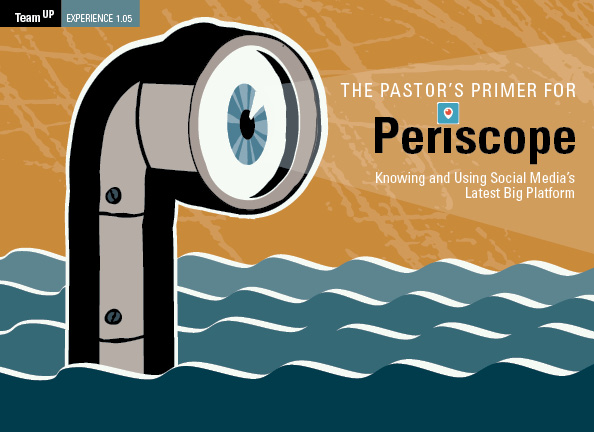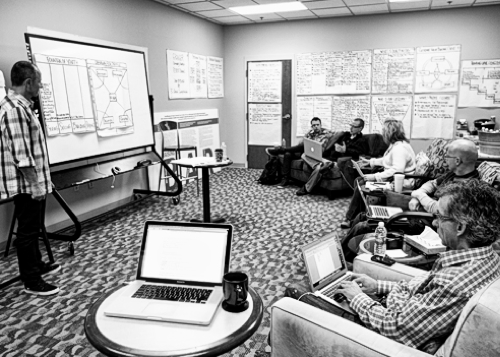
Unlocking the Five Motivations for Work in Your Ministry Leadership
We all have motivations that get us out of bed in the morning. And, we all have a wide array of forces that impact our sense of identity as it relates to work.
I have found it helpful to identify these and to explore their interrelationship. In doing so there are multiple benefits to fortifying your life as a ministry leader. In fact, great leaders deeply understand these benefits in their own life. In addition, these motivations and the benefits of understanding them, become very helpful in stewarding the gifts and talents of others. What are the benefits of exploring the five motivations? They include:
- Building self-awareness
- Bringing a higher perspective to everyday work
- Enhancing a God-focused life
- Aiding in value-based, directional career decision-making
- Finding health and balance in your job.
Explore these five motivations for your work. While some of these categories may be defined from a negative point of view, (Careerism is selfish), I consider them from positive perspective.
#1 Work as Job: “I get paid in order to live.”
All of us, with few exceptions, start here. You get a job to put bread on the table and to pay the rent. It’s a baseline and noble motivation- survival.
#2 Work as Career: “I advance my life.”
In addition to getting paid, its nice to know you will get paid more in the future. Progress is a life impulse biologically and emotionally. When you ad a little testosterone to the equation, watch out. The impetus to win and to have more influence and to “better your position” becomes a significant, if not dominating motive for most people. While Jesus never rebukes the motivation for progress, he does rebuke the selfish and worldly interpretation of what progress looks like (lording over people verses serving them).
#3 Work as Fulfillment: “I enjoy using my life’s talents and abilities.”
When people cultivate an awareness and practice of their gifts, new things begin to emerge in the motivational dynamic. “Work as job” and “work as career” motivations begin to shift. For example, I might be willing to trade financial benefit or title of influence for the euphoria of a tightly aligned role match with my passion or talents.
#4 Work as Calling: “God created my life for a unique purpose.”
The definition of calling may have some nuances depending on your faith background. Here, I mean the term to reflect a personal relationship with God that brings the revelation of a life agenda or purpose or destiny. It’s the movement from occupation to vocation. This is more specific than a generic, “I follow Jesus” or “God has a wonderful plan for your life.” And this specificity is very real and concrete to those who discern it or find it or receive it. Luke wrote of Paul in Acts 13:36, “For David, after he had served the purpose of God in his own generation, fell asleep…”
#5 Work as Convergence: “I enjoy life for God’s glory.”
I have struggled with the idea of calling being the ultimate “right” motivation. In some ways, that is the obviously answer. In other ways, I believe in the nobility of every level and the opportunity to engage in as many levels as possible. “Work as convergence” is the answer. Even though one may be clear on calling, isn’t it still natural to desire a sense of fulfillment and advancement? I think so. As the Westminster Confession reminds us, glorifying God isn’t separable from enjoying him. On another practical level, convergence brings the overlap of “work as job” and “work as calling.” Many feel like they have to work a “job” in order to serve God (calling) in some other area of life. In this case there is an opportunity to explore convergence.
What’s your motivation for work?
Read more from Will here.

Tags: Healthy Staff, Staff, Will Mancini




























